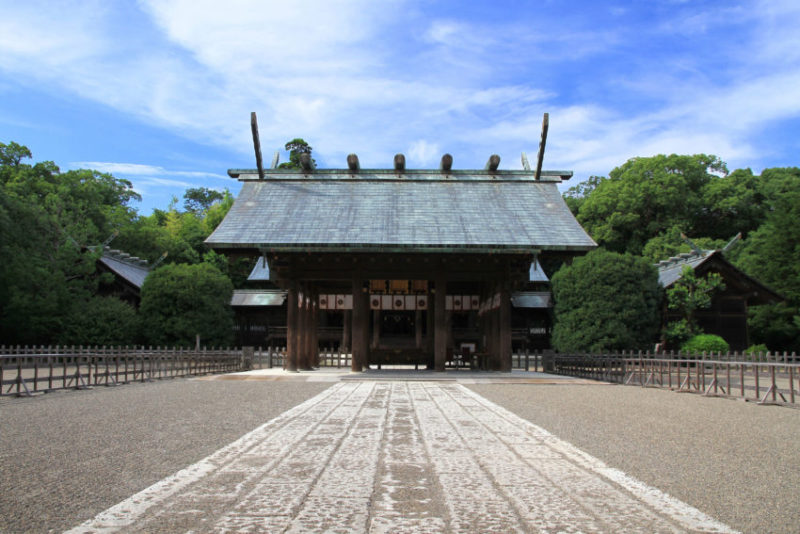Japan is known for its unique culture, unbeatable hospitality, safe cities and world-class infrastructure. It’s this combination that makes it such a popular destination among international associations. But let’s not forget that Japan is also a treasure trove of world-leading scientific and industrial knowledge and talent. These forces come together to create dynamic and vibrant industries across all fields, making it the ideal place to exchange ideas, as happened during the Language Resources and Evaluation Conference in Miyazaki and the Human Genome Meeting in Yokohama.
Snow-capped mountains in the North, pine-clad islands in the South, outstanding people, vibrant cities and ‘cool’ culture… coming to Japan brings visitors in contact with the imagination and intelligence of the country, touching upon its high quality, technological expertise and creativity. This combination leads to new ways of thinking and triggers experiential insights hard to find anywhere else, as the country, along a strong academic community, has for a long time been a leading force for research and development in many industries – from engineering and pharmaceuticals to robotics, finance and IT.
Aiming to be the leading meetings destination in Asia by 2030 and already looking beyond the 2020 Olympics (it will also host its very first G20 Summit in February 2019 in Osaka, spearheading discussions on the many challenges the international community is currently facing), Japan boasts one of the largest national memberships within many international associations, in addition to a great record of hosting successful international association events. This is partly due to the efforts of Japan Convention Bureau who, within Japan National Tourism Organization (JNTO), identifies conferences that are aligned with the country’s key industries and sectors.
Language Resources
In this regard, it hardly comes as a surprise that the Language Resources and Evaluation Conference (LREC) took place in Miyazaki in May 2018. Since the first LREC held in 1998, the conference has become the major event on Language Resources and Evaluation for Language Technologies. LREC provides a unique forum for researchers, industrials and funding agencies from across a wide spectrum of areas to discuss problems and opportunities, find new synergies and promote initiatives for international cooperation, in support of investigations in language sciences, progress and innovation in language technologies and development of corresponding products, services and applications, and standards.
Coming to the Asia-Pacific region for the first time and co-organised by the European Language Resource Association (ELRA) and the Istituto di Linguistica Computazionale, LREC attracted a total number of 1,149 delegates, from 63 countries. They were welcome in the ocean-view Phoenix Seagaia Resort in Miyazaki, a convention city located in the South of Japan and blessed with a rich natural environment, a warm climate, and plenty of facilities. The original bid to win the event was initiated by Professor Hitoshi Isahara, Director of Information and Media Center of Toyohashi University of Technology, with the support of JNTO and its Conference Ambassador Program.
The conference explored new R&D directions, emerging trends and information regarding LRs and their applications, evaluated methodologies and tools, identified industrial uses and needs, and addressed requirements from e-science and e-society. In addition to this strong content, highlights of the conference included the welcome reception at the sacred Miyazaki-Jingu Shrine, historically dedicated to the first Emperor of Japan, during which Governor Kouno and Mayor Toshikiexpressed their continuous support for international exchange in Miyazaki. Together with the festival-like atmosphere of the gala dinner, where participants could indulge in local tastes, those moments showcased Japan’s unique culture combining sophisticated, modern elements with more traditional components.
Asked about the legacy of the Conference, Conference Chair Nicoletta Calzolari says it’s actually twofold.“There are two aspects for me,” she explains.“The first one is clearly professional, as we help participants coming from Europe, America and other countries to get in touch and interact with their Japanese peers, so they can exchange knowledge and best practices, as there is obviously a high level of research in our field in Japan.But then there are all the people coming from Asia, who visit Japan for the first time. There, I hope they understand Japanese culture and people a little bit better. The cultural legacy of the conference is, in that regard, very important for me.”
The Legacy component of the Congress could also be felt on JNTO’s side as it was selected to receive the ‘JNTO Best International Convention Awards 2017’, in the ‘International Conference Bid Division’. This clearly recognised the efforts showcased by the local authorities and organisations from the early planning stages of the event: a comprehensive bid was put together to promote the geographical and historical appeal of the region, as well as the good accessibility from overseas airports, providing professional and flexible support in an unprecedented manner.
This full version of this article, written by Boardroom Chief Editor Rémi Dévé, will be available in the November issue of Boardroom.
